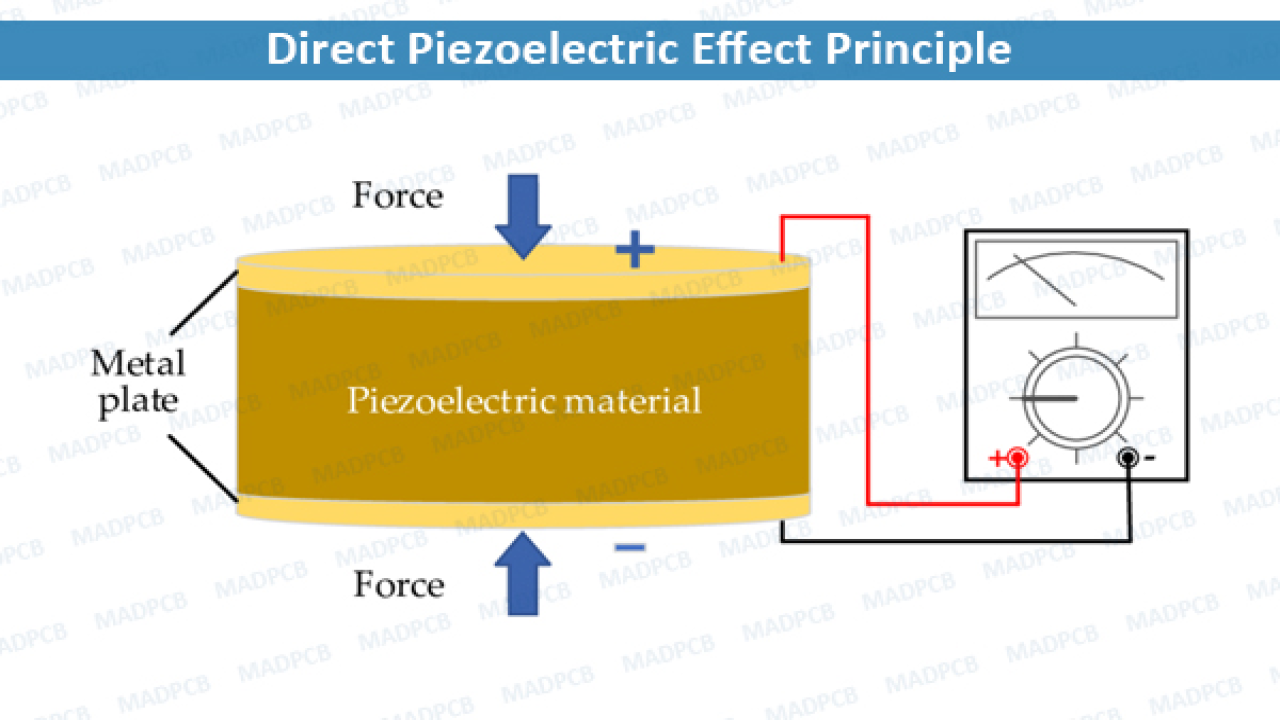Piezoelectric Effect in Liquids
The piezoelectric effect is a phenomenon whereby certain materials, such as quartz crystal, generate an electric current when subjected to mechanical stress. Recently, researchers have discovered that this effect can also occur in liquids, opening up a host of novel applications. Let’s take a closer look at this discovery and what it means.
The Piezoelectric Effect and Liquid Composition
The piezoelectric effect in solids is well known, with quartz crystal being one of the most famous examples. Quartz crystal is composed of silicon and oxygen arranged in an organized structure. When squeezed, the crystal generates an electric current due to the displacement of charges from the center.
In liquids, however, the piezoelectric effect has not been observed until now. Two liquids, one normal and one ionic, were studied to investigate this effect. The liquids were subjected to mechanical stress, and the resulting electric current was measured. The researchers found that both liquids exhibited the piezoelectric effect, with strengths of 16 mV/N and 17 mV/N, respectively.
The Structure of the Body and the Piezoelectric Effect
The significance of the structure of the body in the piezoelectric effect is that it needs to have an organized structure. Quartz crystal is an excellent example of this, as the organized structure allows for the displacement of charges from the center when squeezed. The same appears to be true for liquids, with the discovery of the piezoelectric effect suggesting that there is some manner of organization in ionic liquids that is not seen in normal liquids.
Dielectric Materials and Ionic Liquids
Dielectric materials are materials that don’t conduct electricity but are mildly affected by an electric field. Ionic liquids, on the other hand, are made of ions instead of molecules and can be recycled with fewer environmental issues. The difference between normal and ionic liquids is that they respond very differently at the molecular level when an electric charge is imposed on them.
The Piezoelectric Constant in Liquids
The piezoelectric constant is a measure of how strongly a material exhibits the piezoelectric effect. The piezoelectric constant calculated for the liquids tested in the study was lower than that of quartz by a factor of 10. This suggests that the piezoelectric effect in liquids may not be as strong as in solids, but it is still a significant discovery.
Applications of the Piezoelectric Effect in Liquids
The discovery of the piezoelectric effect in liquids opens up a whole new avenue of research for novel applications. One potential use of the inverse piezoelectric effect, which is the distortion of liquids when an electric charge is applied, is to control how liquids bend light passing through them. Another possible use is in developing room-temperature ionic liquids for use in batteries and other electronic devices.
The Next Steps for Research
Dr. Blanchard, the lead researcher on the study, suggests that the next step should be to develop a theoretical framework with predictive power to understand these experimental observations. This will allow for more precise control of the piezoelectric effect in liquids and open up even more opportunities for applications.
Month: Current Affairs – April, 2023
Category: Science & Technology Current Affairs


